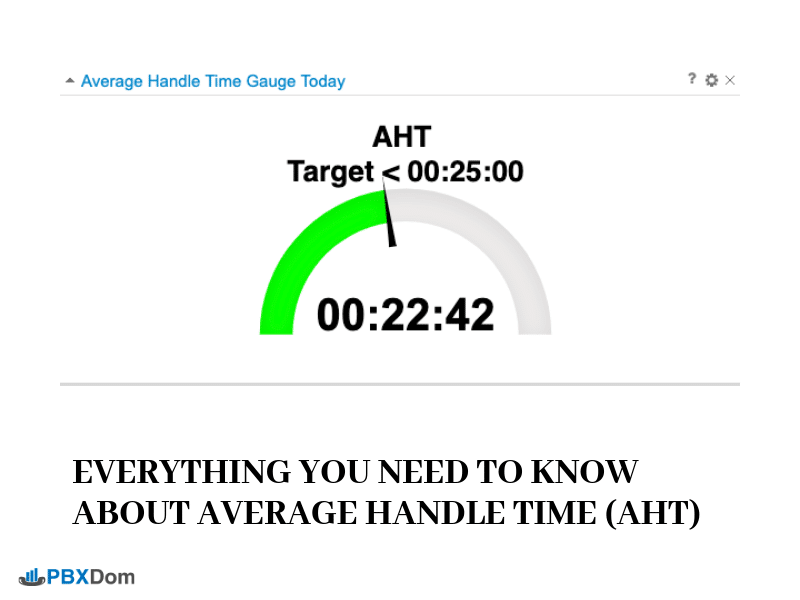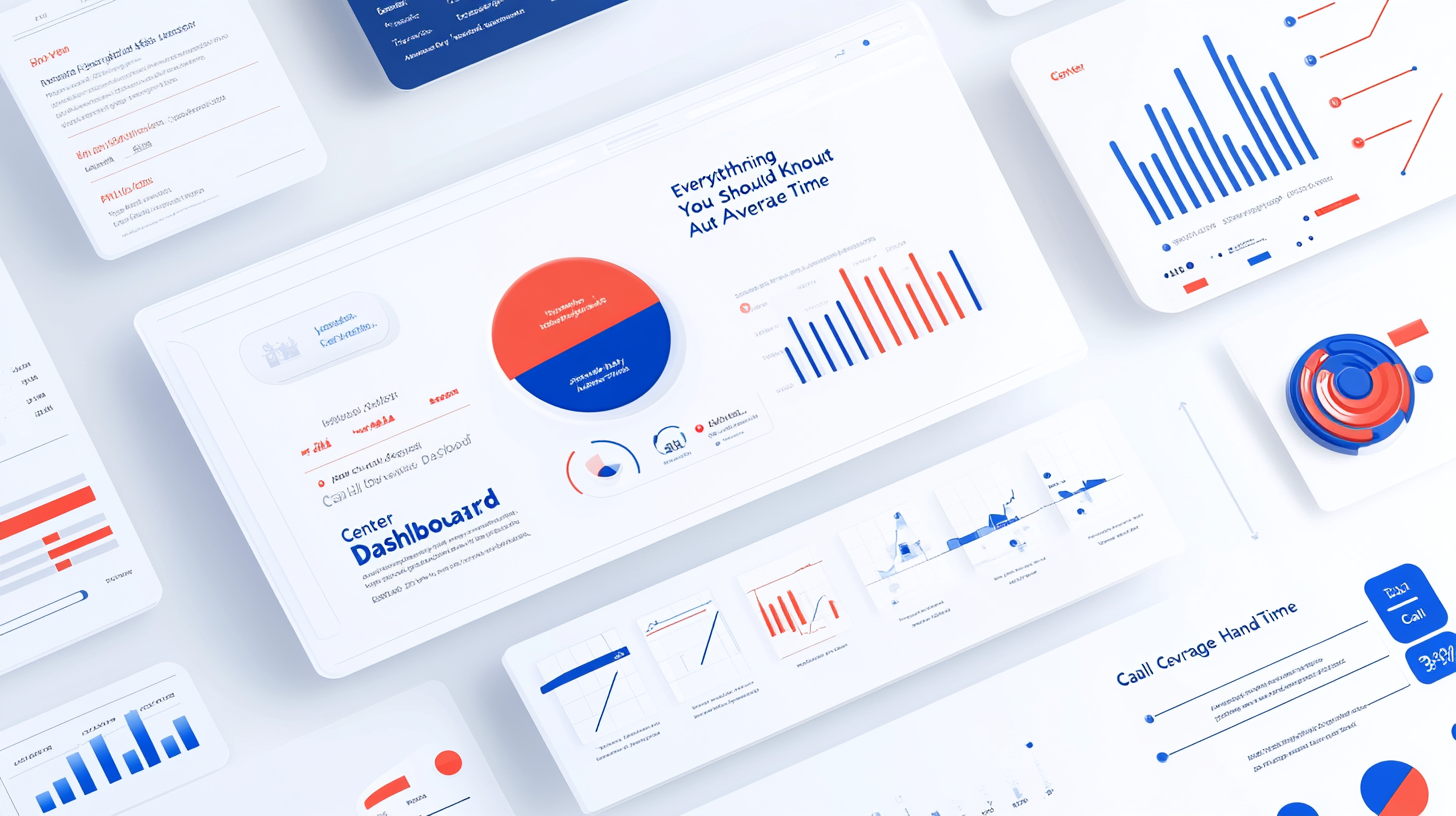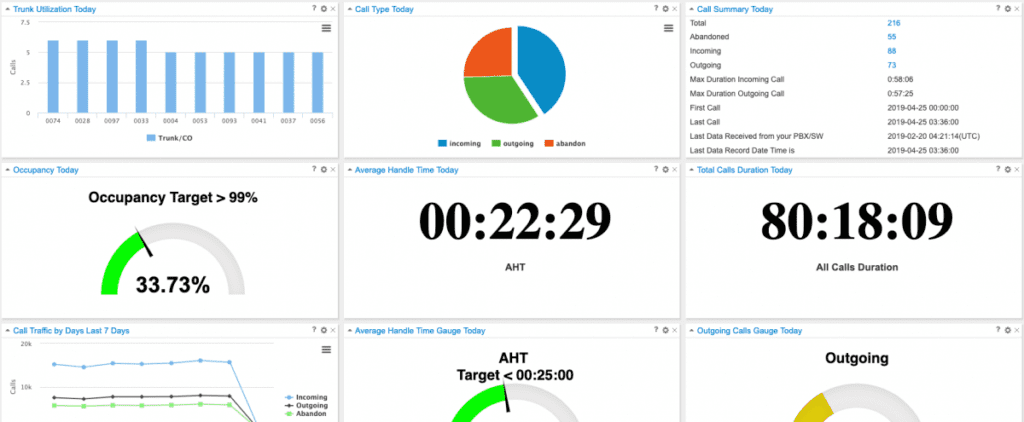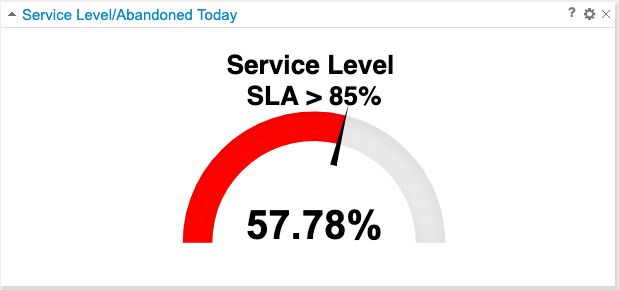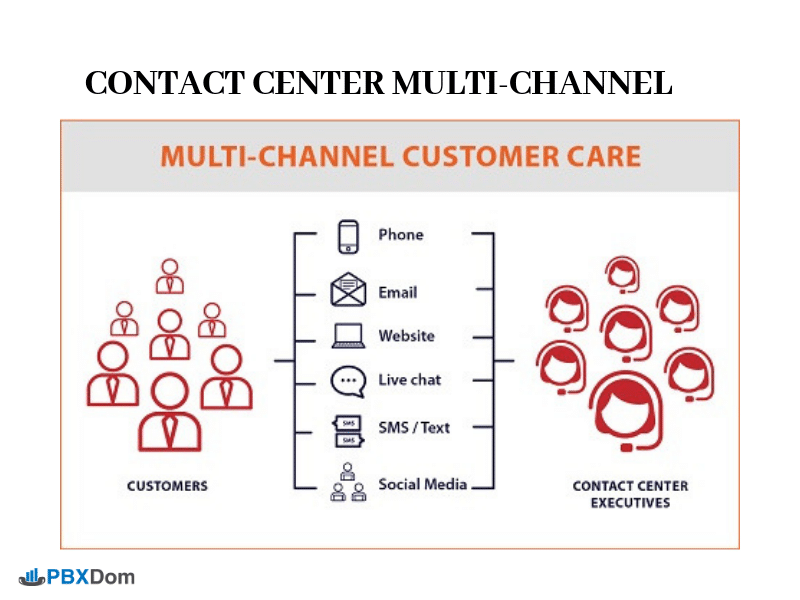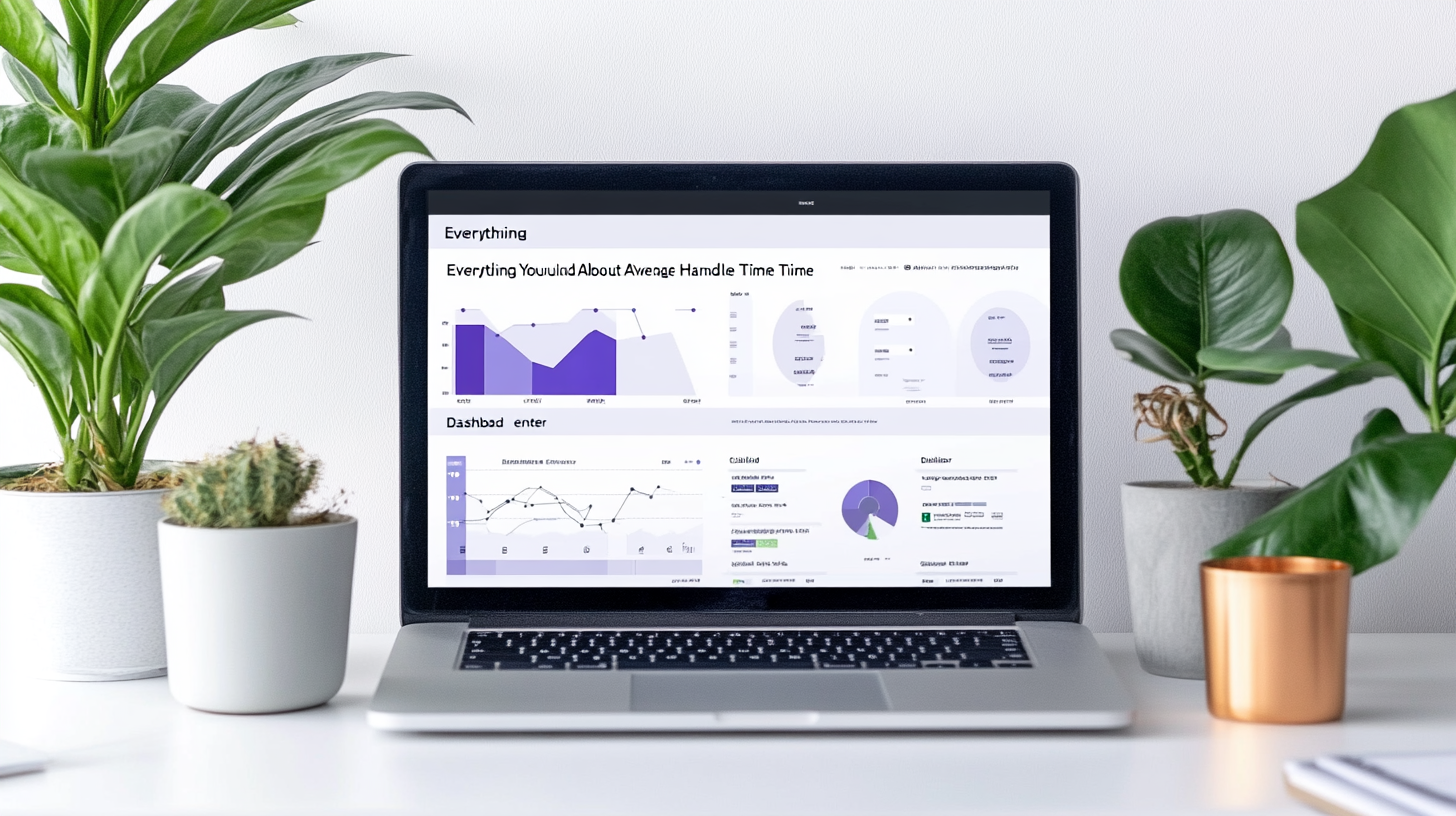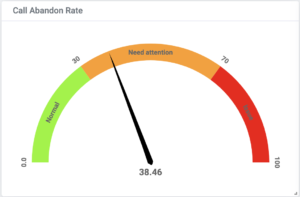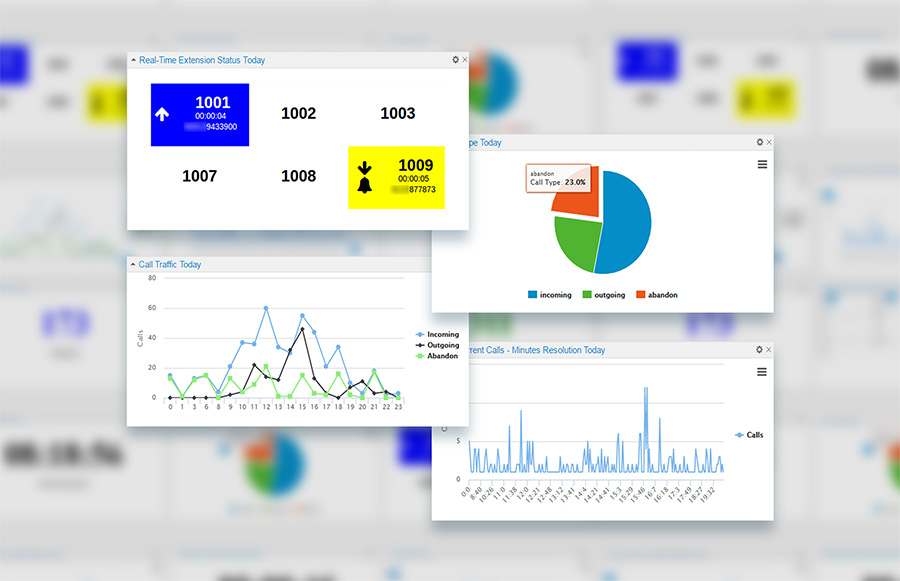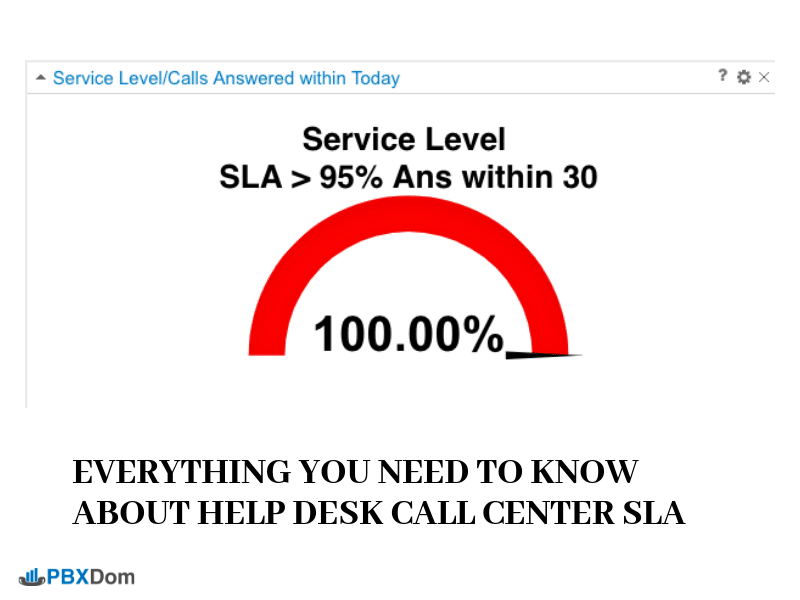What is Average Handle Time?
Average Handle Time, which is commonly abbreviated and generally known as AHT, is merely a metric widely used as a KPI (Key Performance Indicator) in call centers majorly to advance and improve agent proficiency and to guarantee maximum customer satisfaction. In a nutshell, average handle time represents the average amount of time required to complete one operation or call from the beginning to the end, including the time of holding, talking time, and after the call.
AHT is activated as soon as a customer initiates a call and ends when the customer agent completes all basic operations related to the call
Most call centers use the Average Handle Time Call Metric to decide if there is a need for additional hiring or training. One significant advantage of knowing your AHT is that it will help you identify if you need to reduce the amount of time you spend on each call you make. It is also one of the powerful tools used to gauge the effective functioning of an agent and the call center organization as a whole.
The Average Handle Time accounts for the number of calls handled within a given period, the total talk time, and the whole hold time.
How to calculate AHT?
To effectively calculate the Average Handle Time, you need to comprehend and understand how to derive the AHT figure. The formula comprises 3 key parameters and numbers.
1-Total Talk Time: this is the average amount of time a customer spends on a call until he eventually reaches a resolution or resolves.
2-Total Hold Time: this s the average amount of time spent by a caller on hold during a call. The hold time does not cover the time spent before a call is answered
3-The After-Call-Time: this is the amount of time spent by the customer care agent on paperwork and other necessary tasks and operations related to the call made after the call ends
To calculate the Average Handle Time, you add the total talk time and the whole hold time divided by the number of calls handled.
So the mathematical expression is thus:
AHT= Total Talk Time + Total Hold Time + After Call Time/ Number of calls made
Example: Worked Example
Emmanuel handled 5 calls on Friday as a customer care agent for XYZ Enterprise. His totals for the day are as follows:
Talk time: 10 minutes
Hold time: 5 minutes
After-call time: 5 minutes
Solution
Using the AHT equation
AHT= Total Talk Time + Total Hold Time + After Call Time/Number of calls made
AHT= 10 + 5+5/10 =2
From the equation above, adding the sum of the talk time, hold time, and the after-call time is equal to 20. Dividing it by the number of calls made equals 2. This, therefore, means that Emmanuel is spending an average of 2 minutes per call handling and treating all customer care issues amicably.
How to use AHT to improve the call center performance?
Many contact centers also use AHT as a personal counseling target (in fact, in several surveys, it is routinely cited as the most common measure in contact centers) although this is generally seen as a bad thing”.
The problem is that this tends to (intentionally or not) encourage advisors to focus on speed of service rather than the quality of service. It also tells you nothing about the outcome of an appeal.
Tips include:
1-Cut calls when approaching the AHT target
2-No work after the call or customer tracking
3-Transfer difficult calls to another service
4-Bring the caller out of the phone
5-Do not listen to the caller or create a report
6-Make promises to the appellant that is not kept
Companies that removed AHT as an agent performance metric often found that after the first increase in AHT, first contact resolution rates tended to improve.
What is the standard average for AHT?
Average processing times vary depending on a firm’s customer experience approach, the products/services it offers, and the structure of its support organization. As a general rule, AHT is a representative measure of trying to accomplish the following tasks:
minimize wait times
optimize conversation times
increase the number of calls handled
These goals may indicate an effective call center. However, here’s the bottom line: A lower TSA does not necessarily mean that a call center works as well as it should. It is essential that officers do not urge clients over the phone to reduce their ASD, even if this is part of their responsibilities. The average processing time should not usually be too long, but it should always be optimal for clients’ types of help.
The standard average for AHT can be seen under the following.
Level of service
Agency Standard – 80% of calls answered within the first 20 seconds
The traditional standard in a professional customer care agency service level requires that 80% of calls be answered most within the first 20 seconds. However, in recent years, many contact centers have attempted to improve service levels by answering 90% of calls in 15 seconds.
However, some contact centers are willing to let customers wait a little longer in the queue to deliver them with the best service once they have contacted an advisor.
Levels of service on the channels
We have highlighted the traditional level of service of the voice channel, but what about the normal service levels of other contact center channels?
Here is a list of the superior service levels of six other contact center channels:
1-Email – 95% of emails answered within four hours (the best contact centers aim to answer 80% of emails within 15 minutes)
2-Live chat – 80% of chat answered within 40 seconds
3-Correspondences – as much as possible, 95% of letters answered within two days
4-Social Media – 80% of contacts received an answer within 20 minutes
5-SMS applications – 80% of messages were answered within 40 seconds
How to reduce handle time in a call center?
You can reduce the Handle time in a call center by taking note of the following:
1-Save and Record all calls:
It is an invaluable practice and a foundation of success. As each incoming and outgoing call is logged, it becomes easier to evaluate an agent’s productivity and other issues that may affect its output. Moreover, if managers cannot view real-time calls, they can always go back to the saved version and get the information they want.
2-Streamline the workflow and agent processes:
A linear and straightforward workflow process designed to optimize an agent’s productivity contributes to a large extent to the reduction of test volume. Managers should strive to identify inefficiencies and reduce factors that increase call processing time and reduce the quality of customer satisfaction. For example, all repetitive manual tasks must be automated so that agents can focus on something more productive.
3-Use a knowledge base:
One significant way to ensure that agents close all calls as quickly as possible is to fully ground them with adequate knowledge. This way, they will work effectively and efficiently. Using such a base, operators can quickly identify relevant answers to some difficult questions instead of being caught off guard and trying to think of one. Similarly, customers are also spared from long waits as agents think of the appropriate answer.
4-Accelerate customer greetings:
To create a pleasant and positive customer experience, the nature of the greetings plays a crucial part in it. It must be ensured that these greetings are brief and friendly. Everything should be formal and straight to the point.
5-Use robust call technology:
For call centers to work best to provide customer service, it is essential to ensure that systems and infrastructure are in place. When the system’s response time is slow, agents wait longer than the screens on their computers updated. That adds unneeded minutes to the overall call. Managers can take note of the efficiency of their system during the busiest hours and check the delay of data transfer or reloading, as well as the number of windows or tabs that agents can open simultaneously. Similarly, phone lines must be operational, with 100% voice clarity and multiple menu options such as mute/mute, record, and so on.
6-Get IVRs and Automatic Participants:
These are beneficial self-service technologies that, when appropriately adapted, can significantly reduce the number of TTAs. With an IVR system, the work of agents can be reduced. IVR collects necessary customer information and provides answers to common questions such as an address, hours of operation, etc. The system is also smart enough to route calls to the right agent, saving you much time.
7-Avoid the low level of service:
A situation where many customers are on hold usually occurs when agents are exhausted and call-by-call, which slows them down. It should be prevented at all costs as it will drain AHT and annoy customers. One method of dealing with this problem is encouraging agents to take breaks between calls and refresh themselves from time to time.
8-Take help from customer service representatives:
Processes must be established using the entries of the most experienced customer service agents. These resources could provide a clear picture of what works and what does not work and popular shortcuts and workarounds to achieve a goal. It is also essential to start by testing any new procedure in the field and get a consensus from the agents who would be working on it.
The highest psychological need of every individual is the need to feel loved, valued, and appreciated. One of the most frustrating moments is calling a customer care support system to resolve an issue, only for your call not to be answered. It can be a very disappointing experience. To treat your customers well, you must ensure that the average handle time is as low as possible.

